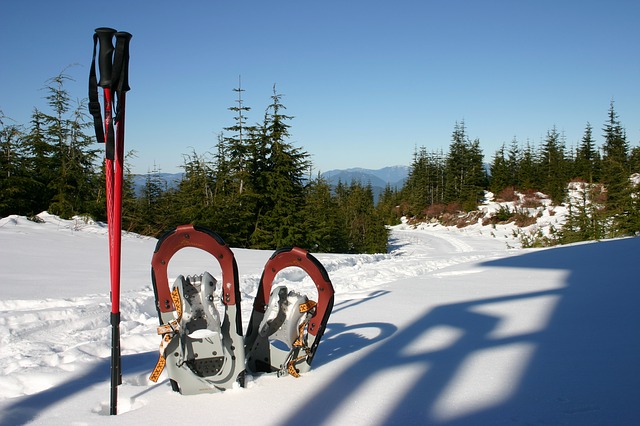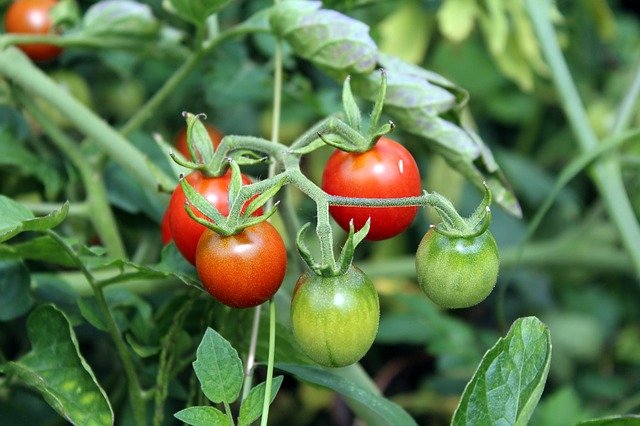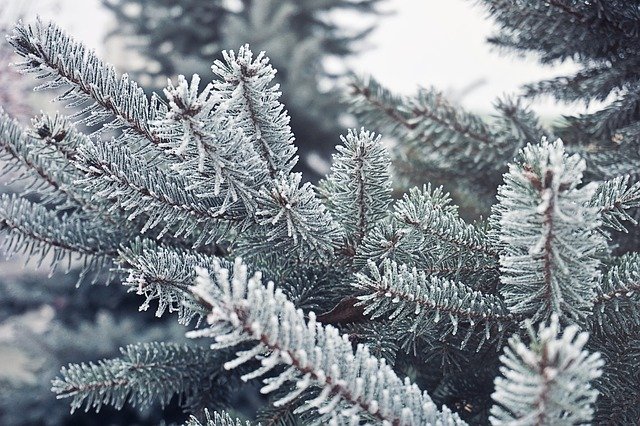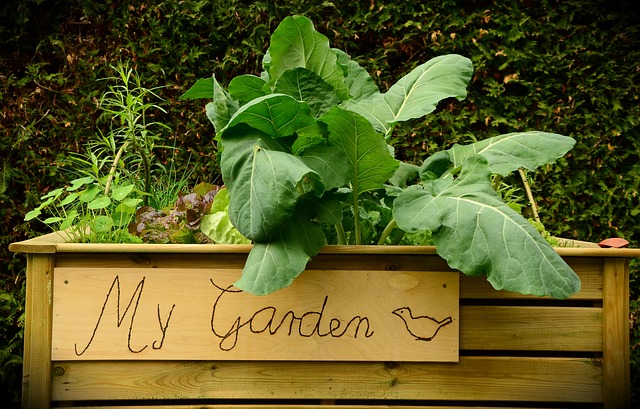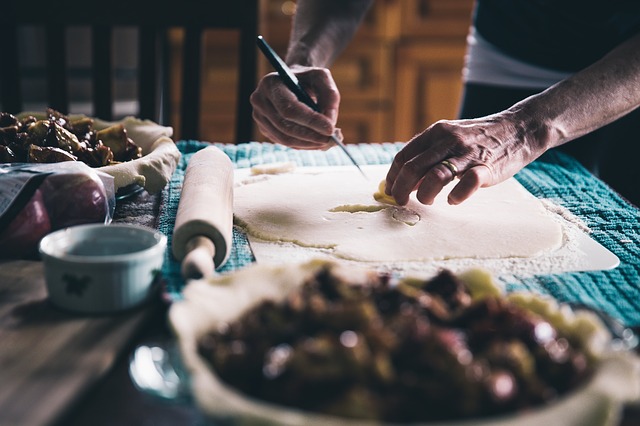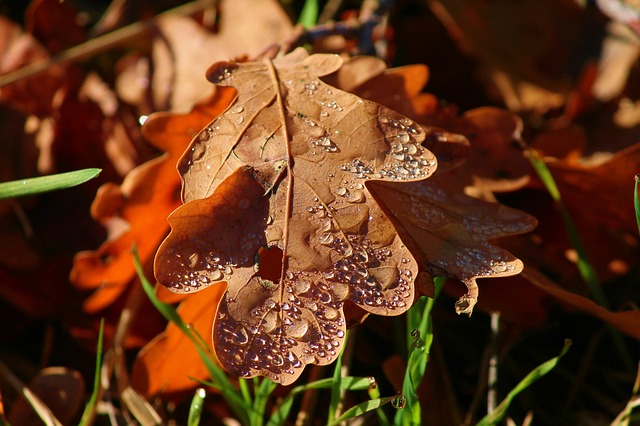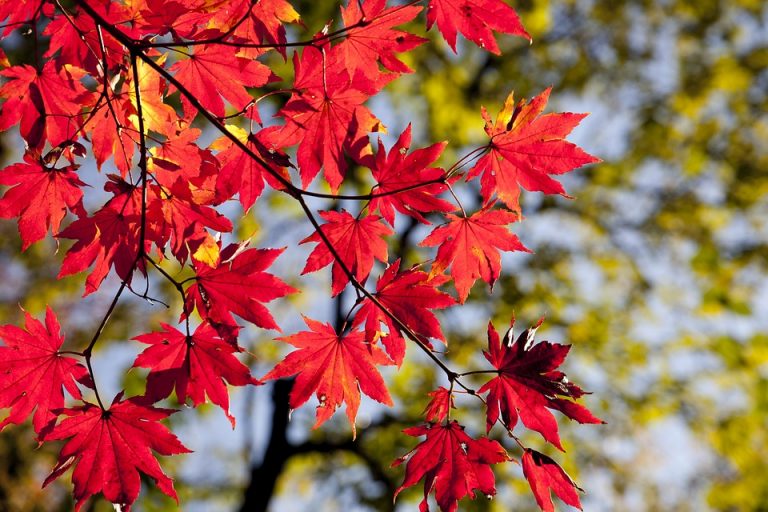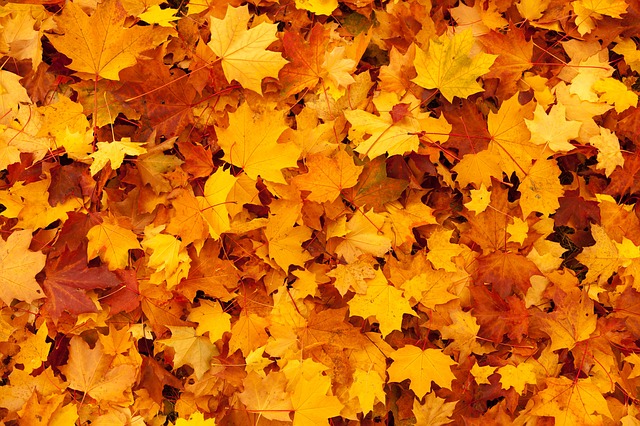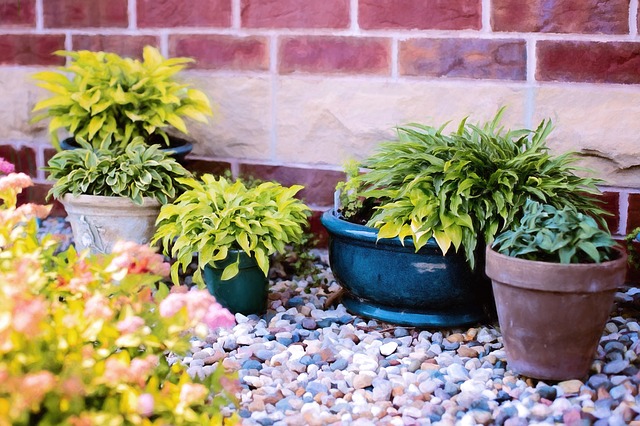The ice has arrived. It covers the roads, the driveway, and most of the garden. The leftover plants have turned into icy statues. The wind blows, and they remain immobile. The light coating of snow makes everything look intensely beautiful, though. At this time of year, I get to sit down and enjoy the first…
Uncategorized
Reasons Why Tomato Foliage Curl
At one time, your gorgeous tomato plant was dotted with juicy, bright red fruit and had brilliant healthy green leaves. Now, the plant is looking under the weather, and its leaves are curling up. What’s going on? Why is your tomato plant taking a turn for the worse? Why does tomato foliage curl? Tomatoes…
A Restful Season
The snow blankets my garden beds, and I peer out longingly at them each morning. The frozen ground is no longer fit to be dug, and most of the straggler plants have wilted away. Each year I have grand plans to build cold frames and harvest through the winter. I tried it once in my…
How Much Dirt Does my Raised Bed Garden Need?
One of the benefits of raised bed gardening is the ability to use your own soil mix. It’s a serious advantage for those stuck living in places where the soil quality is poor or where there’s no soil to speak of (e.g., those who have a concrete yard). But how do you figure out how…
Repel Cockroaches Naturally Using These Ingredients At Home
No one wants to see a cockroach running across the floor of their home. Cockroaches generally prefer to stay put of the light but they’ll scuttle around if they have to. In fact, if you think you have a cockroach issue you should leave the room in darkness for 10 minutes and then quickly open…
Prepping for the Holidays: Cooking in Advance
Canadian Thanksgiving has already come and gone, but Americans are patiently awaiting the day when they’ll get to enjoy turkey, stuffing, and all the delicious sides. Other holidays are around the corner, too. Christmas, Kwanzaa, Hannukah, and New Years, all coming in hot. Are you already stressing about your next family gathering? Whether you’re the…
Closing Down the Garden
Here’s your quick reminder that now is probably the time to start thinking about closing up the garden if you haven’t already done so. The cold weather is slowly trickling in, and garden production is creeping to a halt. Don’t wait till the last minute to put away tools, pull out plants, and get everything…
5 Quick-Growing Trees to Consider Planting This Fall
Fall is the optimal time to plant many tree species. It’s dryer than most months and not too warm. Heat is unlikely to damage young newly planted trees, and root systems are more likely to thrive in fall conditions. If you’re looking for a quick-growing tree to plant this fall, we’ve got five suggestions below. …
Avoid These 5 Costly Fall Garden Mistakes
Summertime errors in gardening are usually easy to fix. Forgot to prune your tomatoes, and now the foliage is out-of-control? No problem. Just trim the excess and choose an appropriate support structure. Forgot to water for a few days? Most plants will be fine, and if not, it’s likely you still have time to re-plant…
Please, I Beg You. Bring in Your Tender Potted Plants!
Every year around this time as I walk around the neighborhood with my dogs or pass by homes on my morning runs, I see the insane amount of people who throw away potted plants. In the summer, when the weather is hot and toasty, people calmer to buy all the beautiful plants at the nursery….
